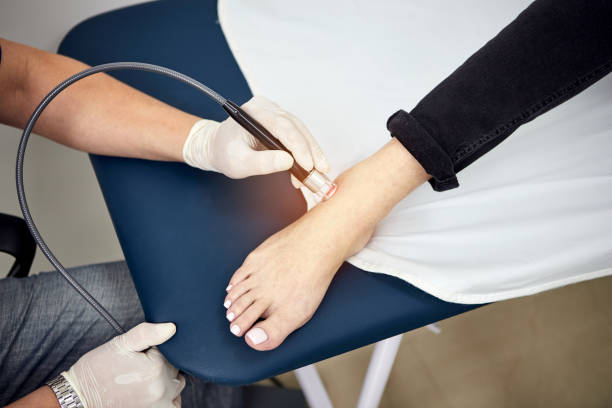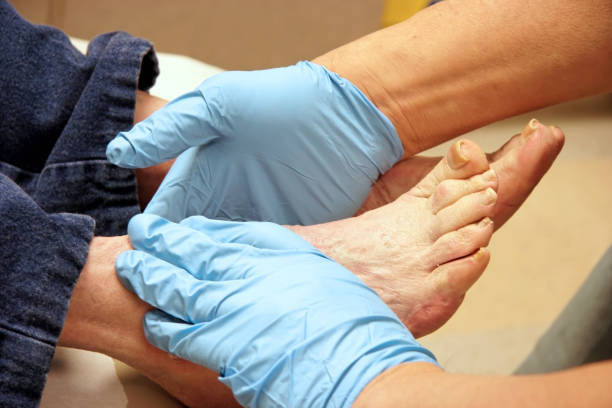Articles are a great way to build authority on a topic, educate readers, and drive traffic and engagement. This article discusses why you should visit an audiologist for earwax removal and what to expect from that appointment.
Melbourne Audiology Centre are front-line ear care professionals that are trained in identifying and treating issues with hearing and balance. They are also skilled in performing earwax removal safely and effectively.

Earwax can lead to hearing loss
Earwax is a natural substance that helps protect the ears by keeping harmful materials out of the ear canal. However, it can build up if it is not allowed to naturally dry and fall out of the ear canal. This can lead to a variety of symptoms, including ringing in the ears, dizziness, and itching.
Some people produce a lot of earwax, while others have misshapen or narrow ear canals that don’t allow for the proper removal of earwax. In addition, a person may be prone to earwax blockage due to genetics or certain health conditions such as diabetes.
The body produces earwax as a way to protect the skin of the ear canal and the eardrum. While some earwax may accumulate inside the ear, most of it should be pushed out of the ear through normal actions such as chewing and talking. Unfortunately, a number of people tend to put objects in their ears with the good intentions of getting rid of excess earwax. These include cotton swabs, keys, and pen caps. These objects can scrape the ear canal or pierce the eardrum, leading to a loss of hearing.
A visit to an auditory specialist is the best way to remove earwax safely and quickly. They recommended the ear wax removal in Bundoora. They use irrigation and microsuction to remove earwax without damaging the eardrum or other structures in the ear. Their audiologists may also examine the ear for problems such as impacted earwax or other signs of damage.
Earwax can be impacted
The ear canal and eardrum are delicate and can be damaged when people try to remove earwax themselves. In addition, the use of items such as cotton swabs can push earwax deeper into the ear canal and lead to impacted earwax. An impacted earwax blockage can be painful and it can cause hearing loss. Earwax impaction can be treated by a health care provider using special ear drops, suction or irrigation. It is best to see an auditorologist, as they have medical equipment to examine the ears and can perform a procedure called cerumen flushing.
Some people are more prone to earwax buildup than others. Dry earwax is thick and can become compacted into a hard plug that blocks the ear. Other risk factors include aural fullness, tinnitus and ringing in the ear, and use of earplugs.
An audiologist can safely remove earwax with tools such as curettes and tweezers or with suction. Irrigation can also be used, but doctors are usually cautious about this procedure due to the potential for causing vertigo from the water temperature and the risk of a perforated eardrum or an undiagnosed underlying condition. This is why an audiologist prefers to use tools and suction rather than irrigation when managing earwax. This is especially important when an individual has a history of ear infections or perforations in the eardrum.

Earwax can be irritated
Earwax (cerumen) is a bodily emanation that many people attempt to remove with cotton swabs, which tends to push the wax back into the ear canal. This may make the ear feel itchy. The best thing to do is let the ears take care of themselves, avoiding contact with irritants such as hydrogen peroxide, rubbing alcohol, water or over-the-counter ear drops.
If the ears produce a lot of wax, it is a good idea to see an audiologist for regular cleaning. An audiologist can use tools such as curettes and alligator tweezers to gently remove the wax. They can also irrigate the ears using body temperature water to soften and flush the earwax from the ear canal.
Another common treatment is a procedure known as ear candling or thermo-auricular therapy. This involves putting a hollow cone made of cotton or linen into the ear canal and lighting one end. The theory is that a vacuum will be created, pulling the wax out of the ear. This practice is not recommended, as it can be dangerous and cause hearing loss.
An audiologist can also remove excess earwax with suction. This is done in the doctor’s office and is not painful. There is a slight chance that the eardrum could be damaged, however. For this reason, the ear should not be irrigated at home, as it can lead to a perforated eardrum.
Earwax can be dangerous
Ear wax, also known as cerumen, is a yellowish, sticky substance that is produced in the outer part of the ear canal. It is actually a protective layer that shields the ear from dust, dirt, and bacteria.
It is formed by glands in the ear canal and naturally migrates from the inside of the ear to the outside. This is why it is important to not stick anything in the ears, such as cotton swabs, fingers, paper clips, or other objects. These objects can cause damage to the ear and lead to earwax build up or even a worse condition called impacted earwax.
Impaired hearing, aural fullness, or a foul smell coming from the ears may indicate that there is excessive earwax buildup. The best way to treat this is by visiting an audiologist for earwax removal, ensuring optimal hearing health. Additionally, for individuals experiencing prolonged hearing difficulties, seeking expert advice on hearing aids in Dandenong can greatly improve quality of life.
The audiologist will usually use drops to soften the earwax and help it to fall out of the ear. They may also irrigate the ear with body-temperature water. However, they will not irrigate the ear canal if there is a perforated eardrum or active infection present.
Getting regular earwax removal treatments can prevent many complications that are caused by a build up of earwax. It is important to not ignore these issues as they can lead to more serious problems.


